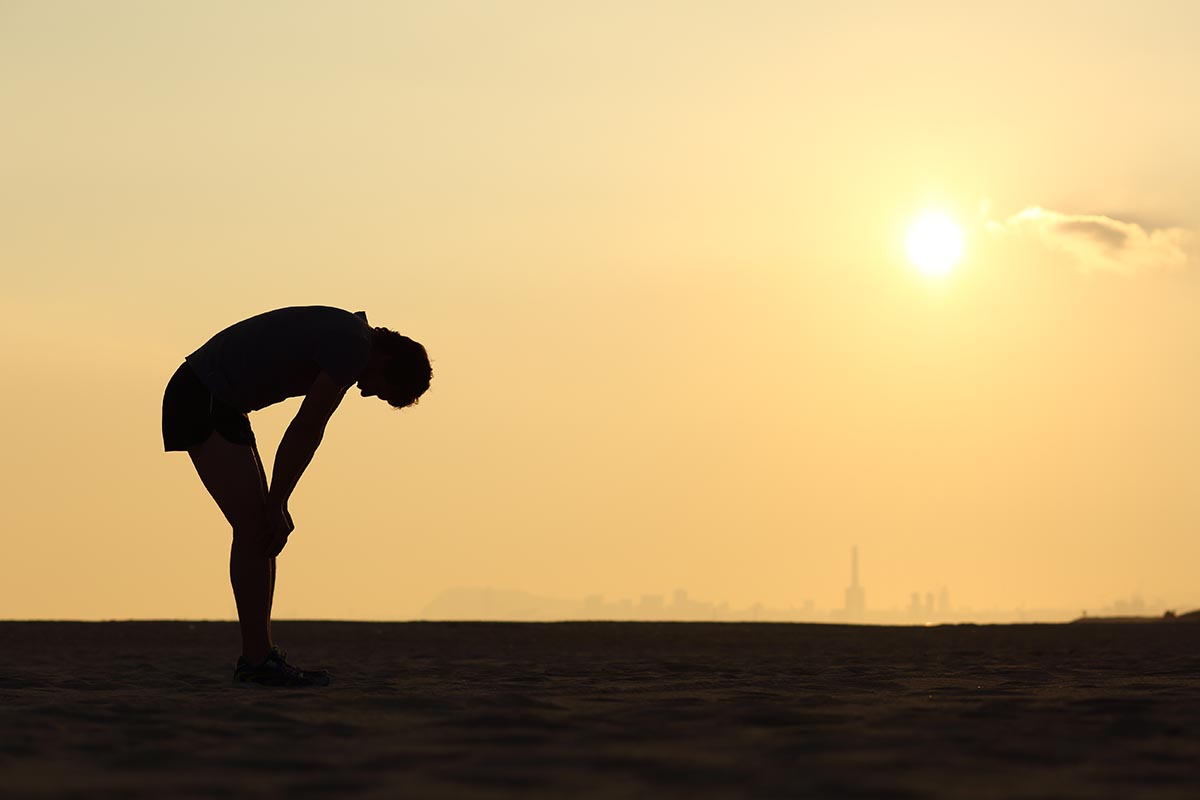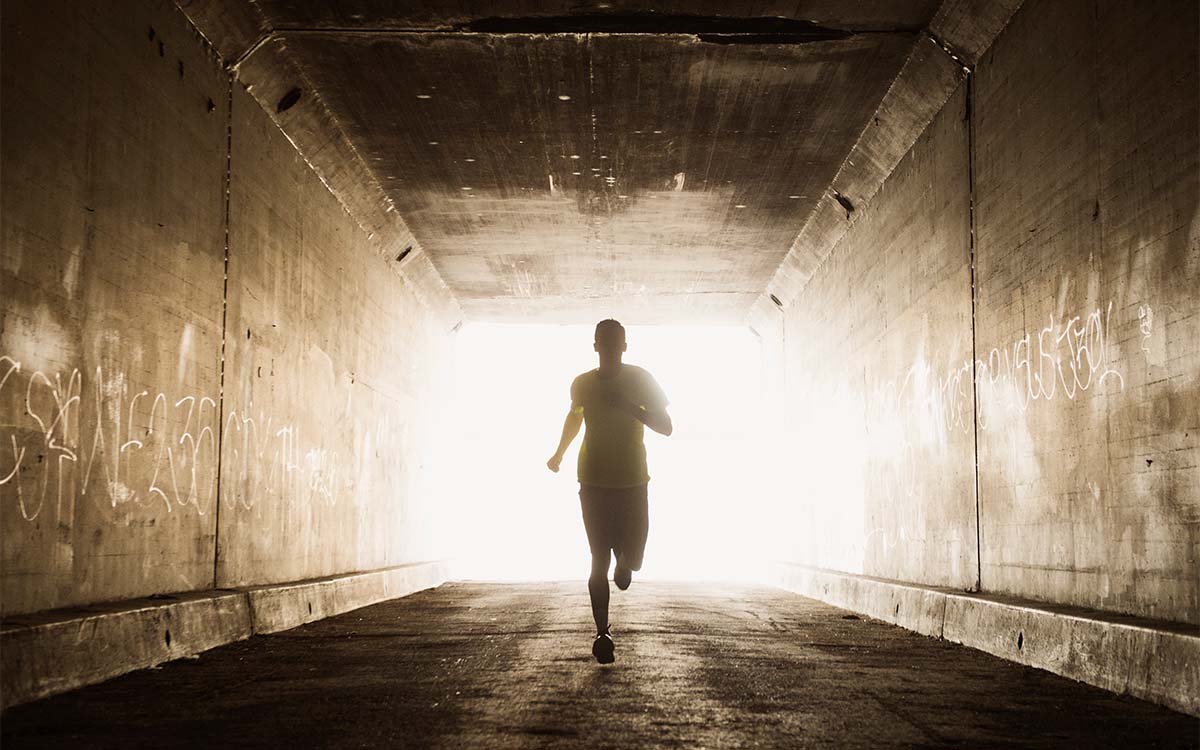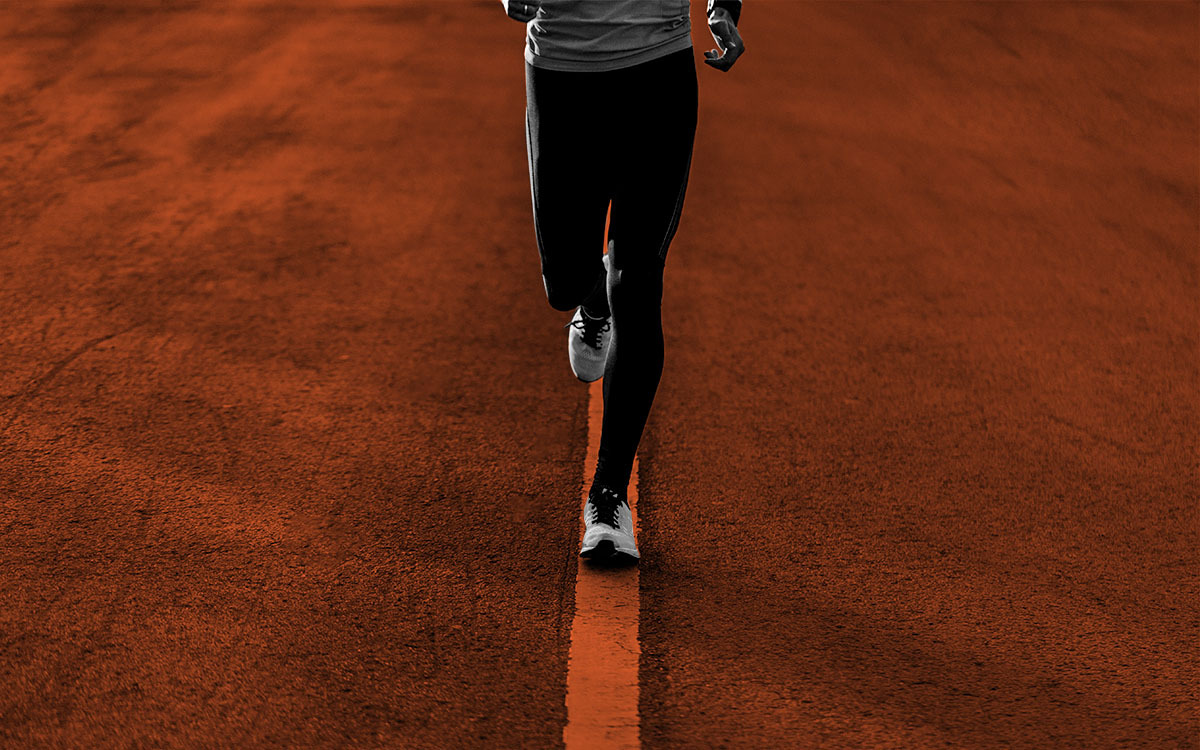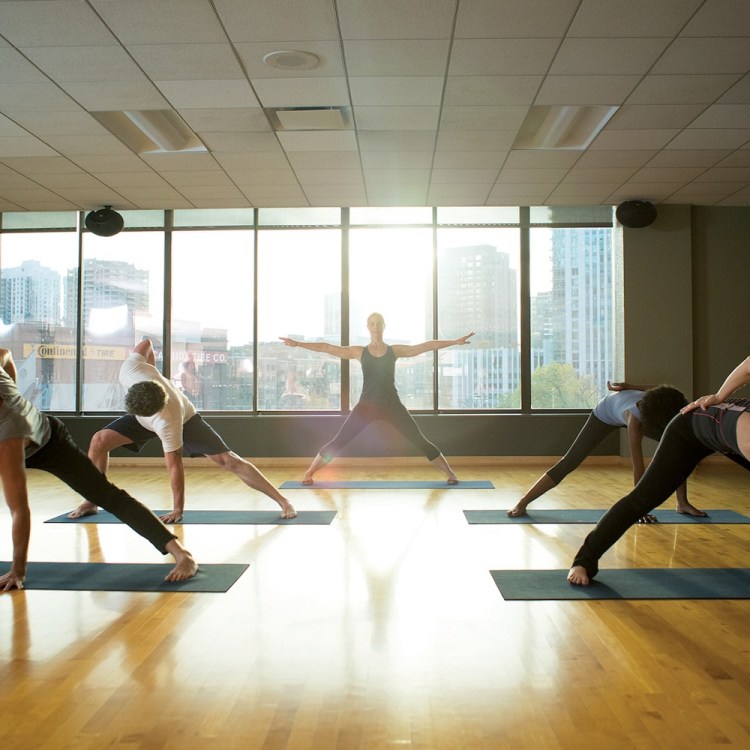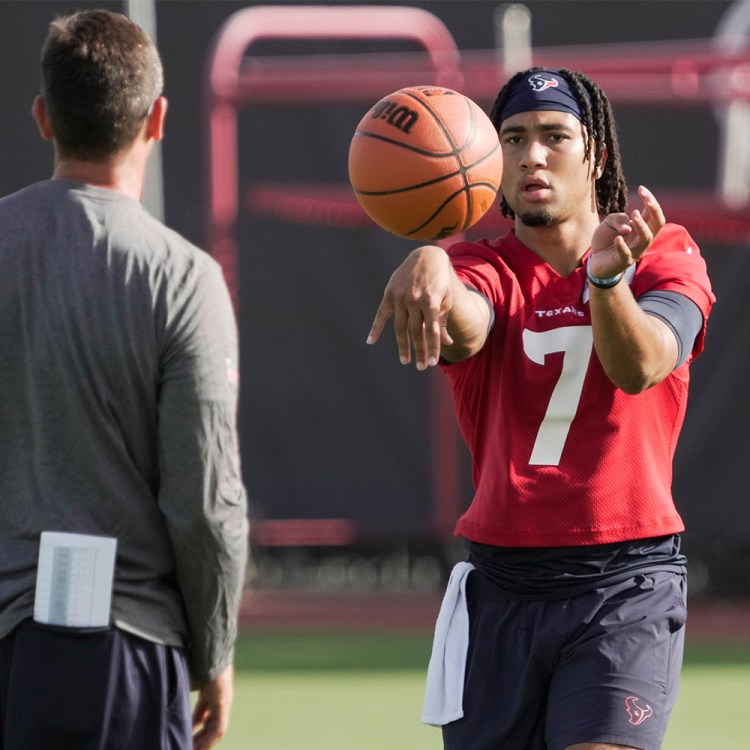This story is part of our Dog Days Survival Guide, a collection of essays, recommendations and how-tos to help you get through the hottest days of the year.
Earlier this month, during one of the hottest weeks of the year, I couldn’t finish any of my runs. Three days in a row, I had to stop my watch prematurely — sometimes with a mile or more to go — and trudge home like a dejected Peanuts character. The third time it happened, after a failed attempt at a four-mile tempo run on a 90-degree morning, I miserably texted a group chat of running friends: “Anyone else forget how to run?”
I knew what they’d say in reply, and I needed it: “Way too hot,” “BOILING,” “F*ck this.” These messages were similar to titles I’ve seen on the run-tracking app Strava since summer started, having replaced more generic monikers like “Morning Run,” “Lunch Run” or “Evening Run.” Good runners are religious about their sport, and like any true believers, we’re wracked with periodical spats of guilt. When you don’t do your best (or just as bad, when it looks like you’re not doing your best), there is a compulsion to explain a slower time or justify a shorter distance — “Strava excuses,” they call them.
Hence my need to confirm that I wasn’t the only one struggling.
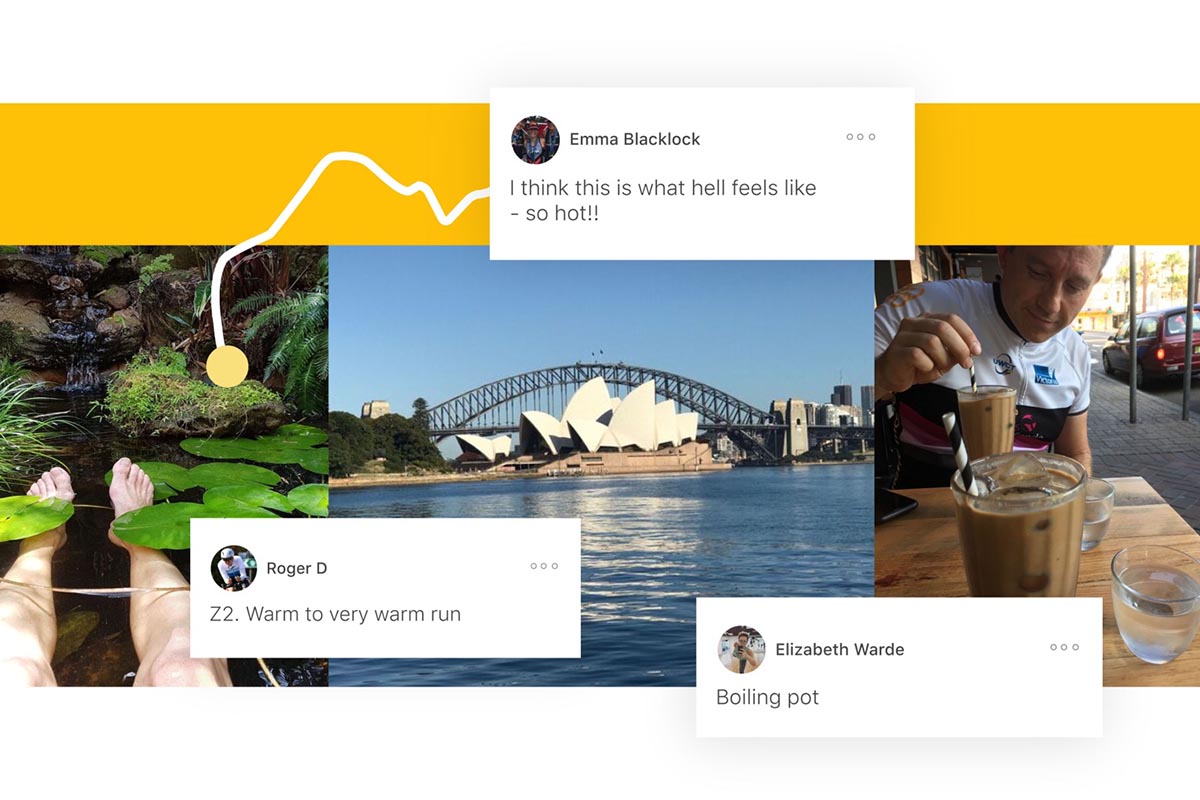
But as I laced my running sneaks and persisted, Charlie Brown-like, through the last hot days of a tremendously hot summer (July 2020 was the second-hottest month in recorded history), it became clear to me there is a crucial difference between running with effort and running with expectations.
To be clear, both professional and amateur runners have long managed remarkable things under a baking sun. At the 1996 Olympic Games in Atlanta, runners set records in temperatures close to 100-degrees. These days, ultra-running masochists run 135 consecutive miles through Death Valley at one of the year’s most prestigious races. For most of us, though, a summer training program that favors expectations over effort — especially when the blacktop is hot enough to melt the sole of your shoe — is just plain unhealthy. It wreaks havoc on the body first, then the brain, and can needlessly overcomplicate a sport that is already notoriously difficult.

When you run in hot weather, your blood flow enters an anatomical tug of war, at once rushing to enrich tired muscles with oxygen and bubbling up to the surface to cool down the skin. On typical, temperate days, this is less of an issue; the “work” you generate from pumping your legs turns into heat (imagine a stoker shoveling coal on a steamship) and then leaves the body as sweat, which evaporates into the air. Along with oversized glutes, way less hair than the rest of the animal kingdom, and an ability to breathe through our mouths as we run, the sophisticated human sweating system is a big reason that, according to Harvard Anthropology Professor Daniel Lieberman, we’re natural-born distance runners. But in warm weather (think 85 degrees or more), we get overwhelmed.
On particularly toasty days, blood vessels face an urgent fork in the road — head to the muscles or head to the skin — and they always choose the skin. When they get there, they have a hard time expelling heat. If the air is thick with humidity, it’s harder to evaporate sweat from the skin. If the air is dry and parched, it’ll evaporate too well, and pull as much sweat (and electrolytes) from the body as possible. Either way, your muscles get short shrift. In order to perform at the rate you’re hoping for, they’ll ask the heart to pump a bit more blood, incurring a phenomenon known as cardiac drift: the heart works harder, but gets no bump in performance to show for it. Because of this, your Rate of Perceived Exertion (a figure meant to document how difficult a bout of exercise felt to you) will be higher.
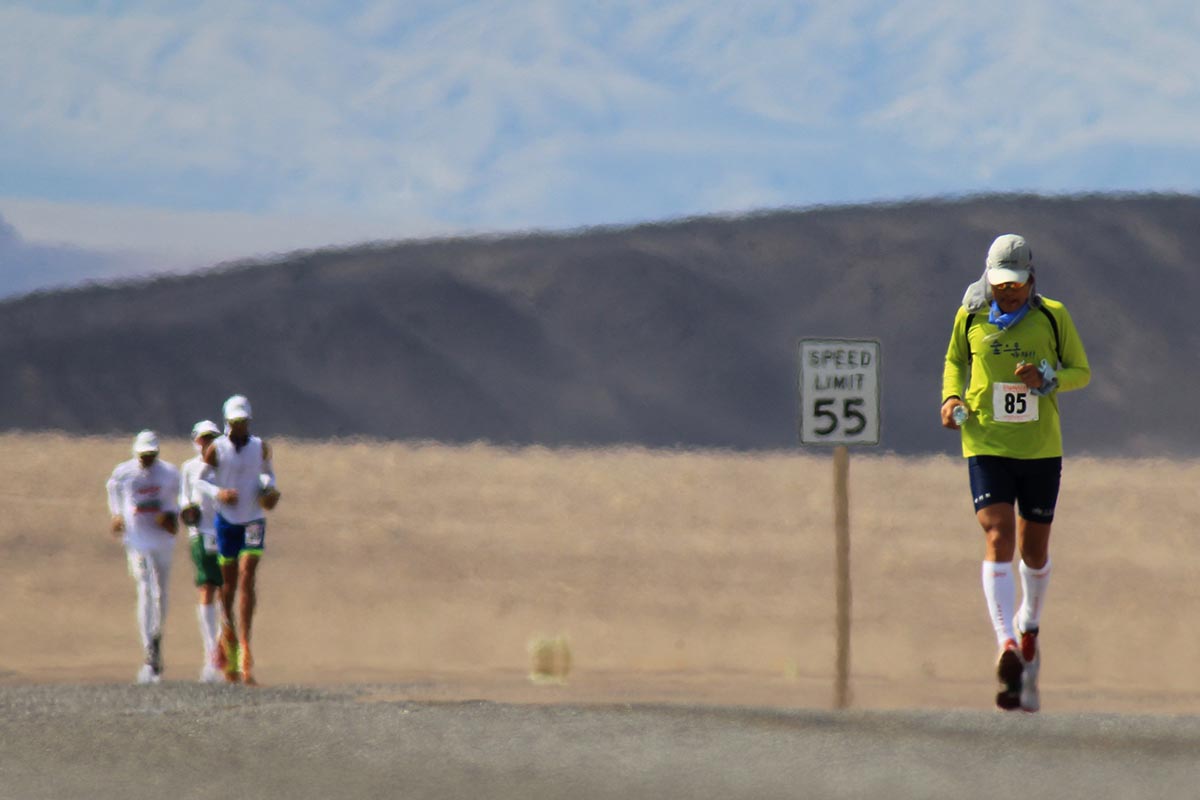
It all comes without much reward. As temperatures increase, times slow down. Of course, there are variations on how much individual runners may slow down. Your capacity to push through heat and hit a desired time is related to day-of concerns like water intake, diet and attire, but can also be affected by gender (women, who are smaller on average, fare better) and your genetic makeup (some people have a predisposition to heat stroke). Distance and pace also play a role: data suggests that “sub-elite” runners can suffer 20-minute dips in their marathon times when temperatures hit just 78 degrees.
Most runners know how to avoid pushing into heat sickness territory. Cramps, dizziness, nausea … when you run your body to a core temperature of 104 degrees or more, it’s all on the table. The best safeguard against letting it get that bad is usually years of listening to your body. These days, in my mid-20s, I feel well-equipped to stop runs short when necessary. In my late teens, I suffered from migraines every time I overexerted myself in the heat. They generally included aura — shimmering visual disturbances that made it impossible to read a traffic light — and I’d decamp for the day to the shower and a quiet, dark room.
But what about days when there isn’t some pressing physical emergency? What about those days when the heat wins because you just “didn’t have it”?
Forget about it. Seriously. Unburden yourself. Though that advice is in direct opposition to the entire ethos of tracking apps like Strava — runners like to study their own runs, as if cramming for an exam — this is one situation where you can’t benefit from more information. All you need to check? The weather app. Or the National Heat Index, if you want to go more official. Runners training for events in hot places (which, mind you, have all been canceled this year) may have legitimate reason to become better “hot runners.” By increasing blood plasma volume, and controlling their hydration patterns, it is possible to prepare your body for an endurance activity in high heat.
But is that really you right now, in the dog days of an exceptionally hot summer? What do you have to prove? And to whom?
This isn’t to say you should rule out running on hot days. Hot days, remember, can even be quite cool. If you run before dawn, or when the heat breaks after dinnertime, you may actually be able to see your expected time correspond to your effort level. (Running on shady trails helps, too; stay off the asphalt!) But if you’re running under the full might of a summer sun, you shouldn’t expect it to be easy, and you shouldn’t beat yourself up when it isn’t. If you’re angling to post some fast times this fall, think about maintaining the work you’ve already done. Focus on running by feel again. Take a break from the watch, or Strava, or running altogether. It’ll be waiting for you — with more PRs and less anxiety — once the days get a little bit shorter.
Whether you’re looking to get into shape, or just get out of a funk, The Charge has got you covered. Sign up for our new wellness newsletter today.
